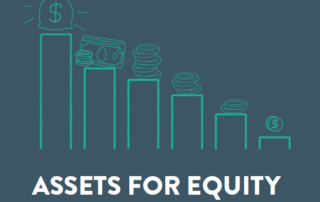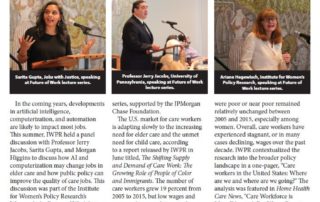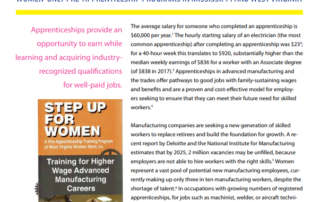Work Supports for Adult Health: The Role of Paid Family and Medical Leave
Many Americans struggle to balance work and caregiving responsibilities. As the United States population ages — with the U.S. Census Bureau projecting that by 2035 those 65 and older will outnumber the youth for the first time in history – the number of men and women who are providing care for someone age 65 and older will continue to increase. In addition, one in seven people live with an adult with a disability.






